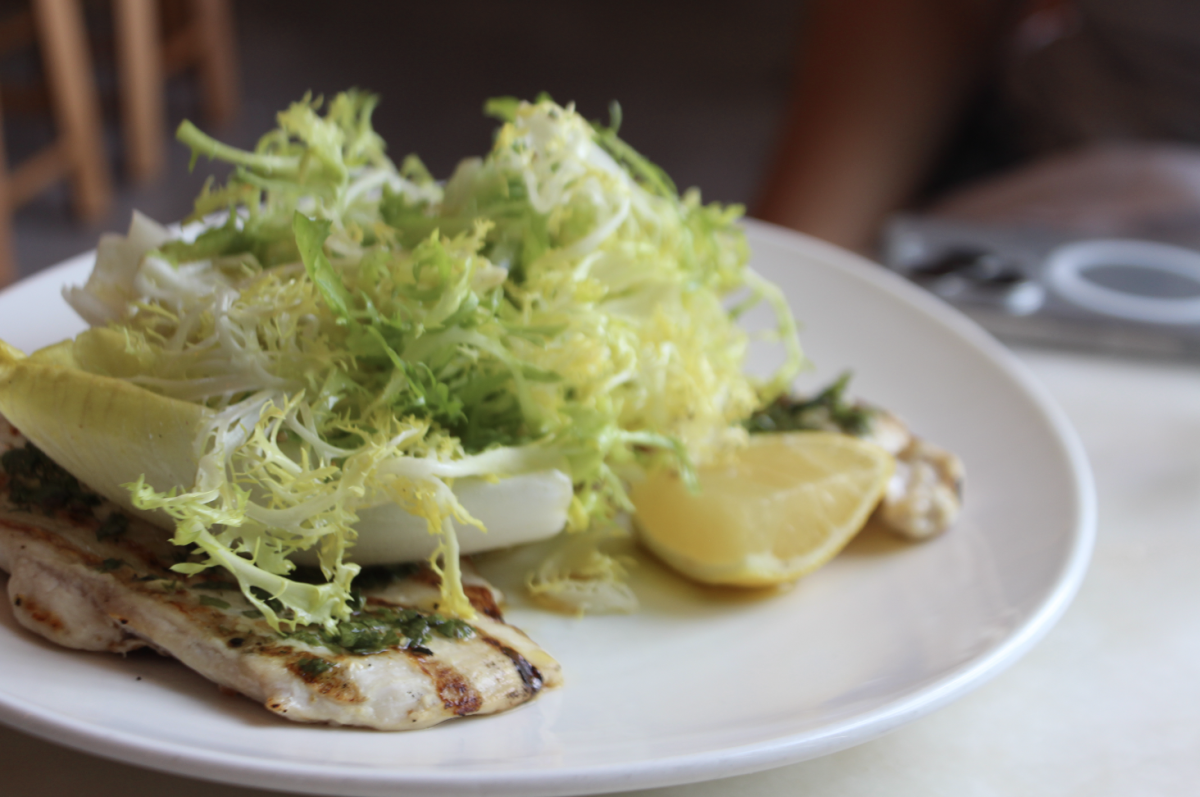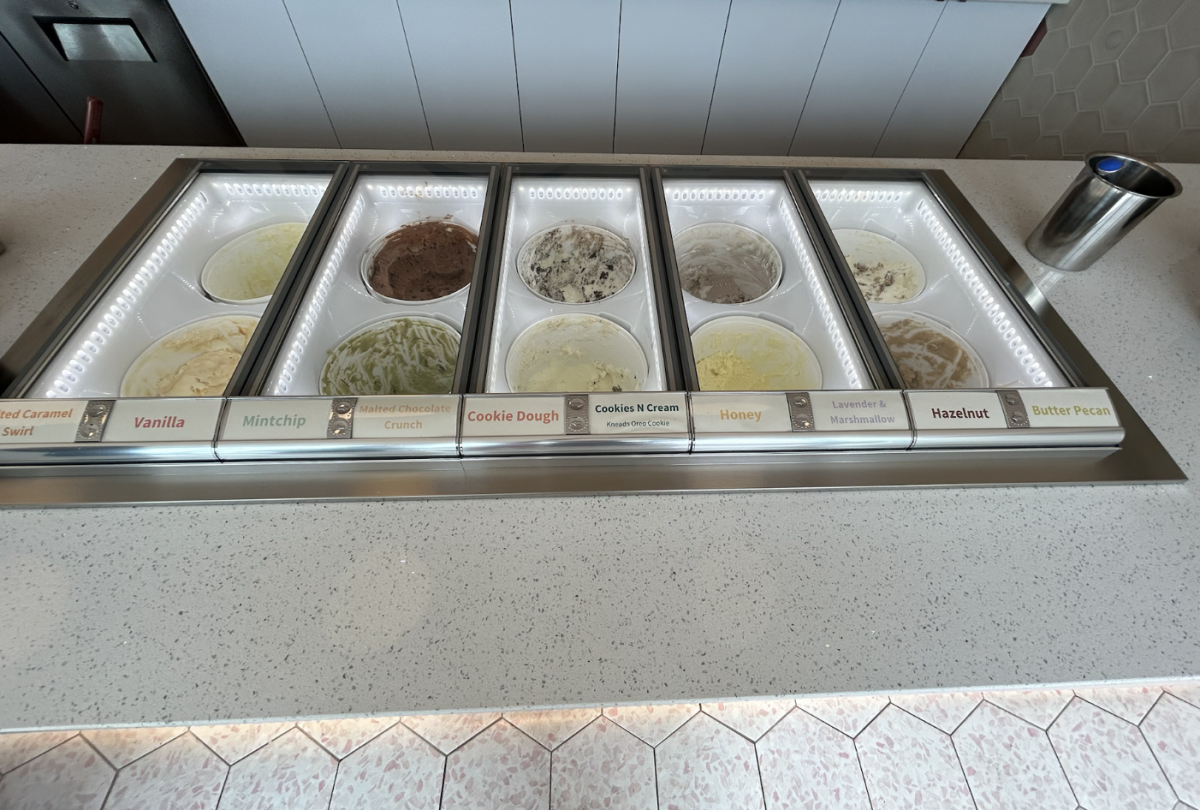As a student who never manages time, I’ve learned the hard way that fueling my body with the right nutrition is essential for peak performance in sports or for a breakfast on the go. Unfortunately, I find myself facing disappointment in our school cafeteria, which currently offers only one protein bar: the Clif Builder’s Protein Bar.
It must be healthy at least because it’s a protein bar, right? No, this bar is far from a good snack before sports or to hold you over through the morning periods in school.
But at least there are two flavors to choose from: Chocolate and Mint Chocolate. Just what I want to have at 8 a.m. (are you picking up on my heavy sarcasm, yet?)
Let’s talk numbers. The Clif Builder’s delivers 20 grams of protein, great! But that comes at the cost of a staggering 17 grams of added sugar. That’s almost the same as a Starbucks Grande Strawberry Acai Refresher. While Clif bars are known to provide energy, whether you are an active student or athlete, the sugar content is not a sustainable or balanced option for growing teenagers.
We have limitless options to indulge in the daily rotating desserts- cakes, cookies, brownies, munchkins- all endicily displayed as soon as you walk into the cafeteria, right by the ice cream freezer and froyo machine. Shouldn’t protein bars steer away from these desserts that the school offers? There’s a time and place for sweets but before hitting the gym or heading to practice, we need snacks that provide genuine energy.
In previous years, students have voiced their opinions on the large number of unhealthy options in the cafeteria where they even list protein bars among the healthy options we still have. However, now that we have examined the contents of what is in the Builder’s Protein Bar, is it really still considered a healthy option?
Not only is the health aspect of this bar bad, but the taste and flavors make it feel like a last resort. We used to have more variety, like Zone Perfect bars, which, while not perfect, at least offered multiple flavors. We had a choice of these and the Clif Builder’s Bars before but now we’re left with just one brand and two flavors. With so many better tasting and more variety bars available at local stores like Stop & Shop, Fresh Market, Trader Joe’s and big corporations like Amazon, it’s hard to understand our limited selection.
Imagine if we had access to brands like Barebells, RX bars, Quest, Think, Aloha, etc. They aren’t just trendy names but they represent more sustainable options that are both tasty and nutritious. RX Bars for example use minimal ingredients and still provide an adequate amount of protein, while Quest bars are high in fiber and low in sugar, preventing a crash. Barbells have also become a favorite as they are candy tasting with no added sugar and popular by Staples students.
Let’s also take into account the current overload stash of granola bars in the cafeteria. While they do provide energy for athletes and students, consuming a high-protein bar after a workout reduced oxidative stress and helped the athletes recover from exercise-induced muscle damage. I think that the four flavors of Clif bars, two flavors of Nature Valley and a wide stalk of Kashi and Z Bars can be limited in order to budget out another protein bar alternative.
It’s clear that our cafeteria needs to step up its protein bar offerings. A wider selection allows students to be able to have a snack on the go with variety and still getting in the nutrients they need.






















































